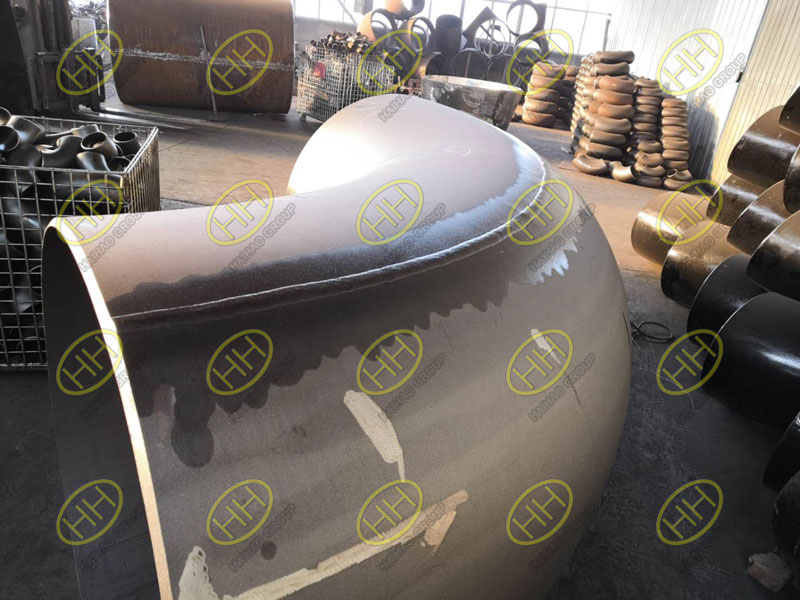Steps for magnetic particle inspection
The magnetic particle inspection is performed in following below-mention six steps.
1. Surface Preparation:
All surfaces and adjacent areas (within 1 inch) that will be examined must be free from rust, scale, sand, grease, paint, slag, oily films, or other interfering conditions. Unusually rough or non-uniform surfaces may interfere with magnetic particle cluster formation making interpretations of indications difficult.
2. Inducing a Magnetic Field:
In this step, place the equipment on the area to be tested and induce a magnetic field. various types of magnetic particle inspection equipment are available. Widely used industrial equipment are Permanent magnet, Electromagnetic Yoke, Current flow probes, Magnetic Flow, Flexible coil, Threading Bar, Adjacent cable, etc. Magnetization technique can be Longitudinal, Circular, or Multidirectional Magnetization. Equipment spacing in the inspection area is normally kept in between 3 inches to 8 inches. An ASME Pie Gauge or Burmag Castrol strip can be used to verify adequate magnetization of the part.
3. Applying Magnetic Particles on the Test Surface:
Both dry and wet magnetic particles can be either fluorescent or non-fluorescent (visible, color contrast) and are available in a variety of colors to contrast with the tested material. So accordingly choose the required particles and apply on the surfaces when the specimen is in magnetized condition.
4. Examine the component surface for defects
Remove the excess particles using light airflow and inspect the component for defects as per acceptable standards.
5. Repeat the test by changing the magnetic field
Two separate examinations are carried out on each area to be tested. The second examination is performed with the lines of flux perpendicular to those used for the first examination in that area.
6. Demagnetization and Cleaning:
The presence of Residual magnetism in the component may interfere with the subsequent usage. Hence, the demagnetization shall always be performed on the parts. The presence of residual magnetism can be verified using a calibrated Gaussmeter, Magnetic Field Meter, or a hall Probe Gauss meter. Residual magnetism must not exceed (+/-) 2 gausses.
After that, the parts shall be cleaned to remove all residual magnetic particle materials. If wet fluorescent MPI was performed, the part shall be scanned with the backlight to assure that the cleaning is adequate.
Haihao Group’s piping products strictly follow the required inspection steps to guarantee the quality.Email:sales@haihaogroup.com

